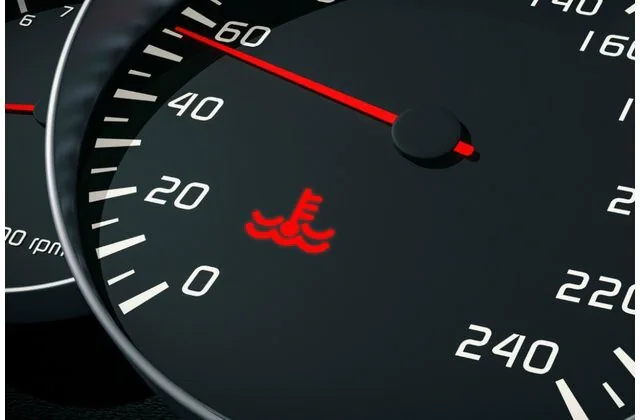These days, cars have high-tech features that are meant to keep drivers safe, informed, and aware of possible problems before they get worse. The warning lights on your car are one of the most important ways it can talk to you. Even though these symbols may look scary at first, knowing what they mean can help you avoid expensive fixes and make driving more enjoyable.
Understanding the Basics
Every light on your dashboard has a purpose, and most are color-coded to indicate the level of urgency. Red lights usually mean immediate attention is required. These could signal issues like low oil pressure, brake system failure, or overheating. Yellow or amber lights typically indicate a system that needs checking soon, such as tire pressure or engine emissions. Green and blue lights are generally informational, showing that certain systems like headlights or turn signals are active.
Knowing these color codes helps you prioritize which lights demand immediate action and which ones can wait until your next service appointment. Ignoring red warning lights, however, can lead to severe engine damage or safety risks, so it’s crucial to take them seriously.
Common Warning Lights and Their Meanings
The check engine light is one of the most well-known signs. There are many things that could cause this light to come on, from a loose gas cap to a more major problem like a catalytic converter that isn’t working right. Don’t try to guess what’s wrong; instead, have a skilled diagnostic test done to find the real issue.
If your oil pressure light is on, it means that your engine isn’t getting enough oil to keep its parts smooth. Keeping driving in this state could damage the engine in a way that can’t be fixed. If this light comes on, stop in a safe place and turn off the car until the problem is fixed.
The charge warning light is another important one. It often means there is a problem with the charging method when it’s lit up. This could be because the alternator is broken, the connections are corroded, or the battery is old.
The temperature light means that your engine is getting too hot. In this case, you should stop the car right away and let the engine cool down before checking the coolant level. If you drive with an engine that is too hot, the head gasket could fail or the engine could even break down completely.
The Role of Technology and Diagnostics
Today’s vehicles rely on onboard computers that constantly monitor performance and safety systems. When a problem is detected, sensors send signals that activate the appropriate dashboard warning light. While this technology is designed to simplify troubleshooting, it’s not always possible to determine the issue just by looking at the light alone.
This is where professional diagnostic services come in. Technicians use specialized tools to connect to your car’s onboard computer and retrieve detailed error codes. This process saves time, prevents guesswork, and ensures that only the necessary repairs are made. Drivers in Las Vegas who own European vehicles can find expert diagnostic services at https://alleuropeanautorepair.com/mercedes-benz-repair-in-las-vegas/ where skilled technicians specialize in identifying and repairing system issues specific to luxury and high-performance vehicles.
Staying Ahead with Preventive Care
The best way to minimize the number of warning lights that appear on your dashboard is through consistent preventive maintenance. A lot can be done to keep systems going smoothly, like changing the oil, checking the brakes, and checking the fluids. Additionally, always pay attention to subtle signs your vehicle gives you—unusual noises, vibrations, or changes in handling often precede dashboard warnings.
If you notice a warning light come on, don’t ignore it and hope it goes away. Taking prompt action could be the difference between a minor adjustment and a major repair bill.
Final Thoughts
Being able to read and understand your car’s warning lights gives you more control as a driver and helps you keep your car running well. Even though modern cars have improved safety features, it’s still your job to know what to do when those lights come on. Knowing a few things about cars and getting professional help when you need it will help your car stay in great shape and keep running safely on the road.



